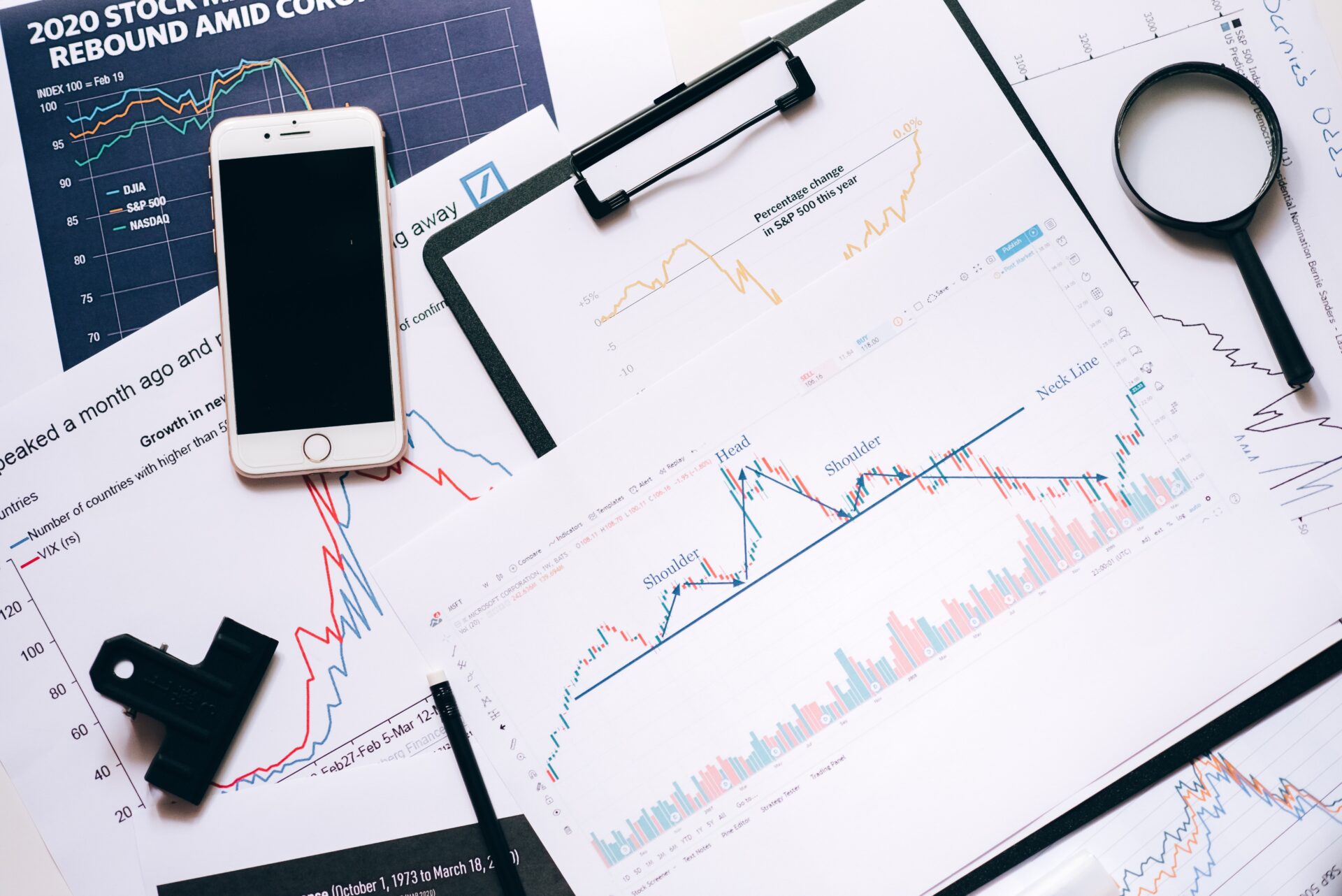Measuring and analyzing the success of digital marketing campaigns is crucial for understanding what works and what doesn’t, and making data-driven decisions to improve your strategy. By understanding which tactics and channels are driving the most conversions, you can better allocate your resources and budget to maximize your ROI. In this blog post, we’ll go over some best practices for measuring and analyzing the success of your digital marketing campaigns.
First and foremost, it’s important to set clear goals and KPIs (key performance indicators) for your campaigns. This will provide a benchmark for measuring success and help you determine which metrics to track. For example, if your goal is to increase website traffic, your KPI may be website visitors or page views. If your goal is to drive sales, your KPI may be conversions or revenue.
Once you have set your goals and KPIs, it’s important to track them using the appropriate tools. Google Analytics is a powerful and widely used tool for tracking website performance, and can provide insights on website visitors, page views, bounce rate, and more. Other tools, such as Facebook Ads Manager, can provide insights on social media performance.
It’s also important to track the performance of your campaigns across different channels. For example, you may find that your Facebook ads are driving more conversions than your Instagram ads. By understanding which channels are performing the best, you can make data-driven decisions on where to allocate your budget.
Another best practice is to regularly analyze and optimize your campaigns. This means reviewing the data and making adjustments to improve performance. For example, if you find that a certain ad is not performing well, you may want to try a different image or copy. If you find that a certain channel is not driving as many conversions as you’d like, you may want to try a different targeting strategy. By regularly analyzing and optimizing your campaigns, you can continually improve performance and maximize ROI.
A/B testing is also a great way to measure the success of your digital marketing campaigns. This involves creating two versions of the same campaign, with one small change, and then comparing their performance. For example, you could create two versions of an ad, with one using a different image and the other using different copy. By comparing the performance of the two ads, you can determine which elements are most effective.
In addition to tracking and analyzing campaigns, it’s also important to track and analyze customer behavior. This means understanding how customers interact with your website and social media profiles, and what actions they take. For example, you can track which pages on your website customers are visiting, how long they’re staying, and what actions they’re taking. This information can help you understand what’s working and what’s not, and make data-driven decisions on how to improve your strategy.
Finally, it’s important to understand that measuring and analyzing the success of digital marketing campaigns is an ongoing process. There’s no one-size-fits-all approach, and what works for one campaign may not work for another. By continually testing and optimizing your campaigns, you can improve performance and maximize ROI.
In conclusion, measuring and analyzing the success of digital marketing campaigns is essential for understanding what works and what doesn’t, and making data-driven decisions to improve your strategy. By setting clear goals and KPIs, tracking performance using the appropriate tools, regularly analyzing and optimizing campaigns, A/B testing, tracking and analysing customer behavior, and continually testing and optimizing campaigns, you can improve performance and maximize ROI.





